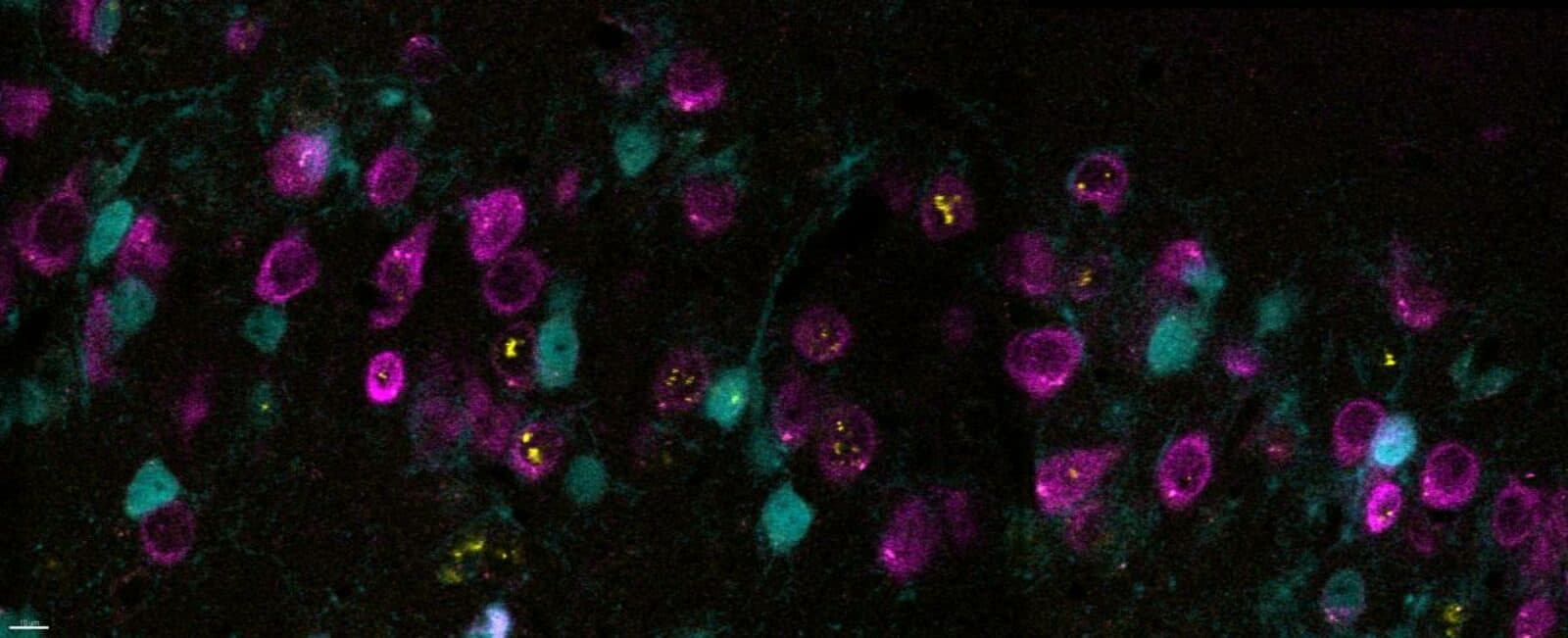Becoming a Navigator

(Originally published by NTNU)
February 7, 2017
The short story of how our ability to navigate develops in the brain, featuring a game of Chinese whispers in a vulnerable network, and a clockwork cell dancing to its own beat.

A group of researchers consisting of postdocs Flavio Donato and Irene Jacobsen, and the professors May-Britt and Edvard Moser, of the Kavli Institute for Systems Neuroscience at the Norwegian University of Science and Technology, recently discovered how neurons in the higher mental cortices organize into a functional circuit. The neural circuits in the entorhinal-hippocampal network of the brain, which enable us to navigate in our environment, was their point of departure.
“If you have a machine and you don’t know what it does or how it does it, you pick it apart,” Flavio explains. “Much of what we know in neuroscience is learned by reduction. But the analogy between the machine and the brain ends there. With a machine, you can re-build and make it work again. You cannot do this with the brain. The only time neural circuits are put together, is during development. We study the development to learn how the brain does what it does.”
What the researchers found in this developing circuit was a unidirectional cascade of signals where every cell is dependent on input from the cell uphill from them in the developmental hierarchy. Their method of investigation included a pharmacogenetic tool for muting the communication in one selected cell population at a time, followed by specific markers that identify cells according to type and level of maturation. This strategy would be the equivalence of removing one domino piece at a time from a toppling chain in order to see where in the hierarchy that specific piece is located. All cells (or domino pieces) in the cascade below the one that was silenced (or removed), would not mature (or topple).
This raises the question of who is at the top of the chain, the first mover, and who or what moves him? The only cell type that the researchers could not stop from maturing were the stellate cells. This told them that the stellate cells had to be first mover, the ones that underpin the entire activity throughout the rest of the neural circuit. There must be an intrinsic drive to the stellate cell that enables it to march by its own beat regardless of what goes on in its environment.
“For me the most fascinating discovery is not the one that closes the question, but the one that opens up for a whole new perspective of understanding things,” says Flavio.
The processes the group uncovered have never before been recorded in the cortices for higher cognitive functions. Their discovery opens an entirely new research field – the development of functional circuits in the non-sensory cortices. They now have valuable first knowledge about the developmental process. And they know that the cascade through the network resembles the connectivity in the adult brain. “Some researchers are studying the function, but not the birth and emergence of connections, others study the birth but not the function,” Flavio explains. “At KI/CNC [Kavli Institute/Centre for Neural Computation] we are now able to follow the developmental process from neural birth to function. This is a matter of bridging two parts of a process that really only makes sense if you see it as a whole.”
